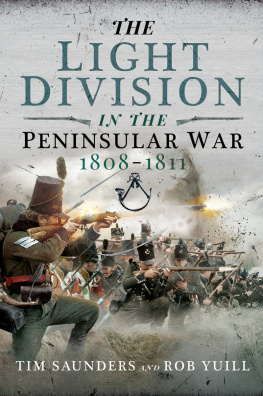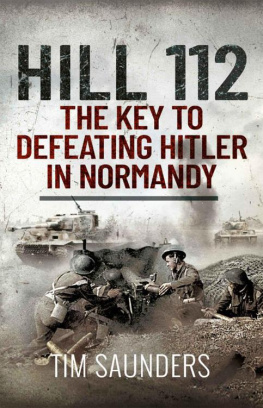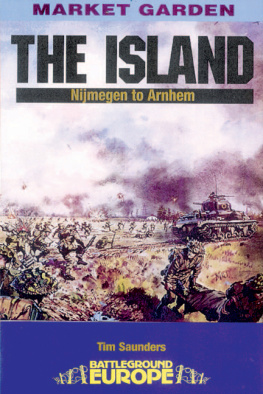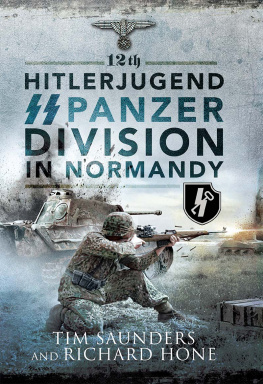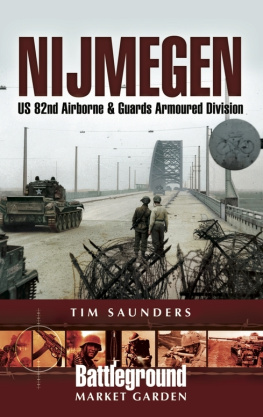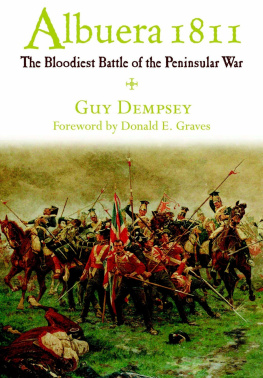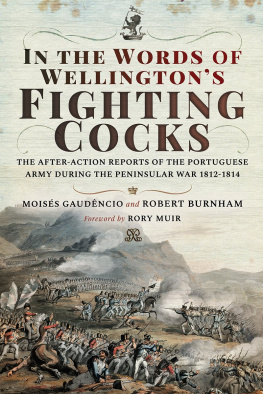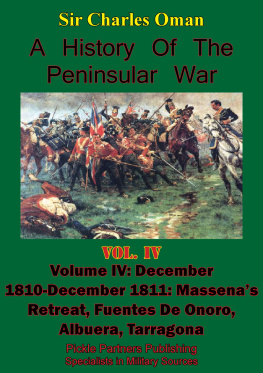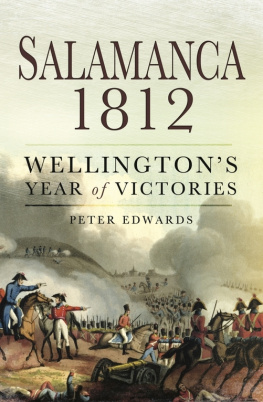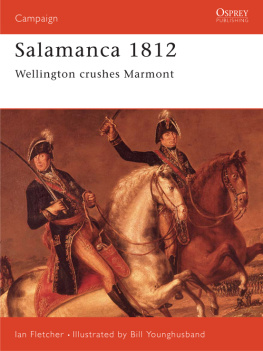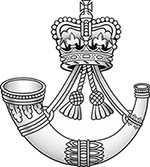Pagebreaks of the print version

The Light Division in the Peninsular War 18081811
The Light Division in the Peninsular War 18081811
Tim Saunders & Rob Yuill
First published in Great Britain in 2020 by
PEN & SWORD MILITARY
An imprint of
Pen & Sword Books Ltd
47 Church Street
Barnsley
South Yorkshire
S70 2AS
Copyright Tim Saunders and Rob Yuill, 2020
ISBN 978-1-52675-732-6
ePUB ISBN 978-1-52675-733-3
Mobi ISBN 978-1-52675-734-0
The right of Tim Saunders and Rob Yuill to be identified as the authors of this work has been asserted by them in accordance with the Copyright, Designs and Patents Act 1988.
A CIP catalogue record for this book is available from the British Library.
All rights reserved. No part of this book may be reproduced or transmitted in any form or by any means, electronic or mechanical including photocopying, recording or by any information storage and retrieval system, without permission from the Publisher in writing.
Pen & Sword Books Limited incorporates the imprints of Atlas, Archaeology, Aviation, Discovery, Family History, Fiction, History, Maritime, Military, Military Classics, Politics, Select, Transport, True Crime, Air World, Frontline Publishing, Leo Cooper, Remember When, Seaforth Publishing, The Praetorian Press, Wharncliffe Local History, Wharncliffe Transport, Wharncliffe True Crime and White Owl.
For a complete list of Pen & Sword titles please contact
PEN & SWORD BOOKS LIMITED
47 Church Street, Barnsley, South Yorkshire, S70 2AS, England
E-mail:
Website: www.pen-and-sword.co.uk
Acknowledgements
Recent years have seen the publication of a plethora of Peninsular War memoirs and diaries, many of which were all but inaccessible to the researcher. Gareth Glover and others work in this respect to publish diverse accounts from the collection the British Library, family archives, etc. has greatly aided the writing of this, a more rounded history of the Light Division in the first half of the Peninsular War. Equally the work of Project Gutenberg and Google in making available digital copies of rare books has saved much time and travel costs to the Bodleian. Nonetheless, the libraries of the Regimental Headquarters of the Rifles and of the Museum of the Royal Green Jackets in Winchester have been essential.
The part played by the living historians who portray the light and rifle regiments of the Peninsular War is not to be underestimated; their attention to detail of drill, tactics and uniform has enabled us to approach the subject with a far greater level of understanding. Equally, the detailed research by past and present members of the 2nd 95th Rifles Living History Society has been very useful in addressing the detail we aspired to gather into this book.
Images of this period that are correct in detail are few and far between. Consequently, selecting pictures would have once again been highly problematic without the aid of RHQ Rifles and the Royal Green Jackets Museum. The living historians who posed illustrative photographs for us have been generous with their time and encouragement; we are most grateful to them, one and all. We have also been extremely fortunate to have had the support of Major (Retired) Nick Haines of the Green Jackets and that great modern-day illustrator of the period, Christa Hook, whose paintings are not only accurate but splendidly capture the moment. They, the author and illustrator, have very generously allowed us to use paintings from Far out in Advance to illustrate key chapters and as they say, a picture paints a thousand words.
Finally, to the team at Pen & Sword: Heather, Matt, Pamela and Noel. Once again many thanks for nursing this project to fruition.
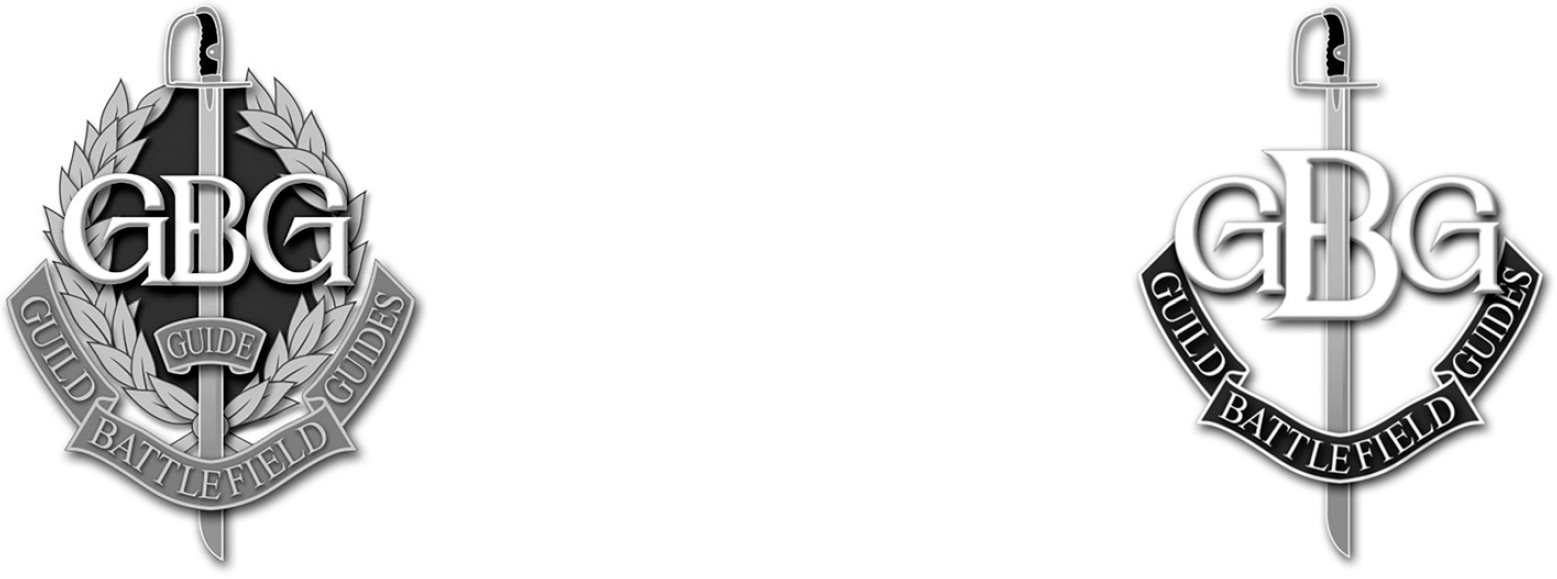
Tim Saunders & Rob Yuill Warminster, 2019
Foreword

General Sir Patrick Sanders KCB CBE DSO ADC Gen
It is a great honour to have been asked to write the foreword for this book as Colonel Commandant of The Rifles. It is a remarkably complete and allencompassing history of the Light Division whose traditions influence us so deeply and whose legacy is embodied in the Rifles.
In 2005, when the founding charter of The Rifles was laid down, specific mention was made of the opportunity for us to form a Regiment rather as Sir John Moore did in forming the Light Division to create something new that, while it draws on the traditions and examples of our past, is forward looking and can adapt to a dynamic operational environment.
The unifying ethos of our Regiment is that of Sir John Moores Light Division; that all of the founding regiments of The Rifles had their antecedents in the Light Division, where shared battle honours and distinctions were won, is no coincidence; and perhaps it is this distinguished and storied identity that has led, in part, to the successes of the modern Regiment.
Nor, perhaps, has the spirit of the soldiers changed throughout the centuries. As you will read, the methods introduced by Moore at Shorncliffe, encouraging agility of thought and independence of action are still attributes we value and espouse today, as well as humour, style and a spirit of adventure, plenty of which you will see demonstrated by our forerunners in this volume.
I credit the authors; both formerly officers with forming Regiments of The Rifles and latterly Riflemen at the conclusion of their service; with the great work they have achieved here, bringing the campaigns of the Light Division in the Peninsula War to life in rich detail and vivid colour.
General Sir Patrick Sanders KCB CBE DSO ADC Gen
Colonel Commandant
The Rifles
Introduction
Over the years plenty has been written on the 95th Rifles and of course there are the various regimental histories of the other light regiments, but when discussing our aspirations for this book we were determined that it should be an inclusive history of the Light Division. To achieve this, we have looked beyond the infantry element to include those other arms that were habitually attached to the division, such as Rosss troop and the KGL Hussars. To achieve this, we have had to seek out letters and memoirs from less well-known accounts written by members of the wider division, such as Ensign Brumwell of the 43rd Light Infantry and Captain John Dobbs of the 52nd Light Infantry. In doing this we have tried to avoid an over-reliance on the accounts of a handful of well-known riflemen and the consequent narrow focus around the 95th Rifles. The paucity of accounts covering the two Portuguese Caadore battalions who joined the division in 1810 is regretted. This means that, while we have given them credit, their story is not as comprehensively told as they deserve. The period covered by the second volume of this history (18111814) will, however, see the Caadores and the 17th Portuguese Line Regiment emerging from the shadow of their British comrades and playing a more active part, which is easier to chronicle.

